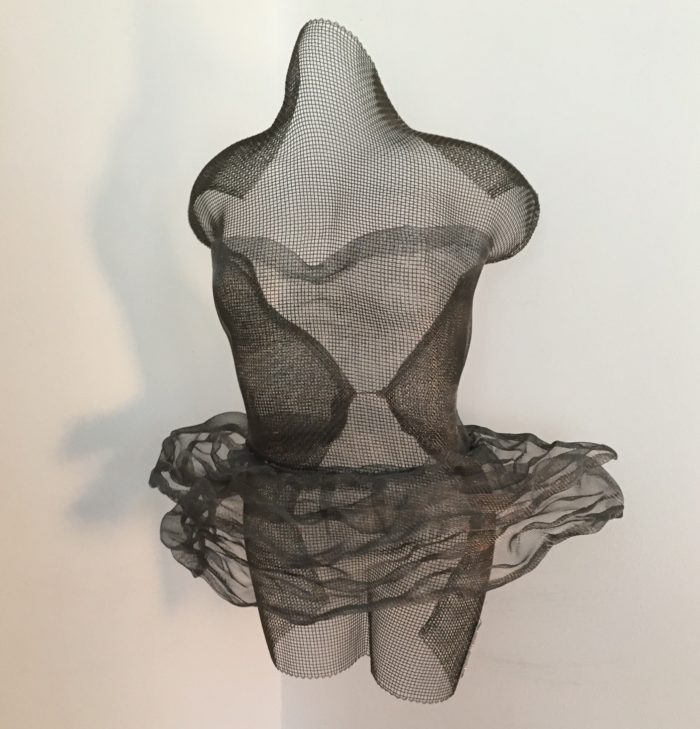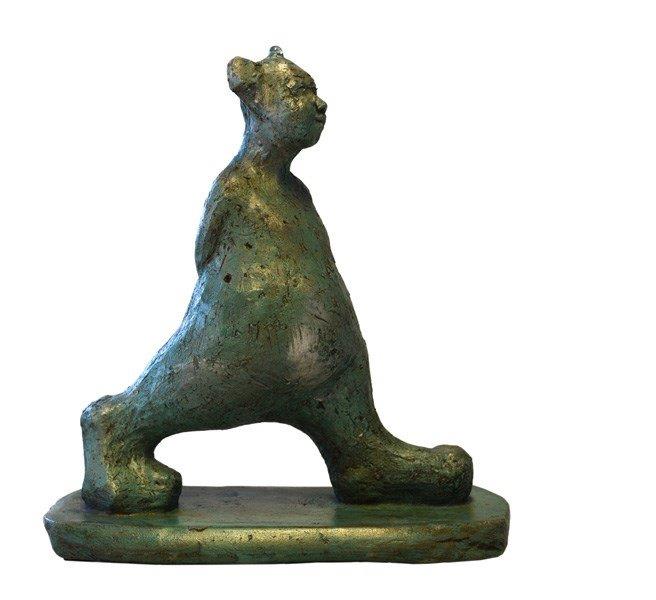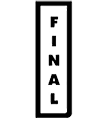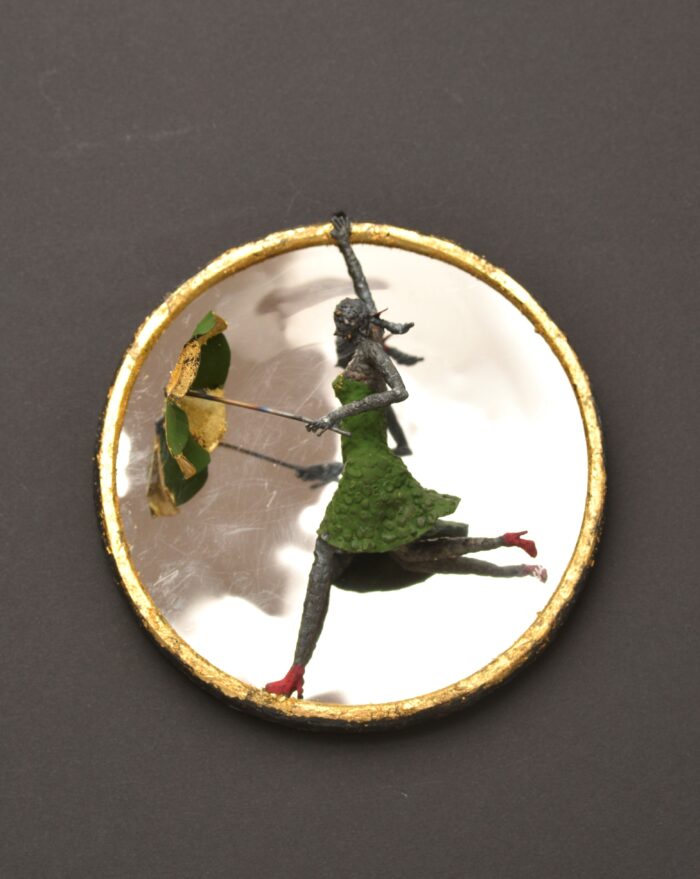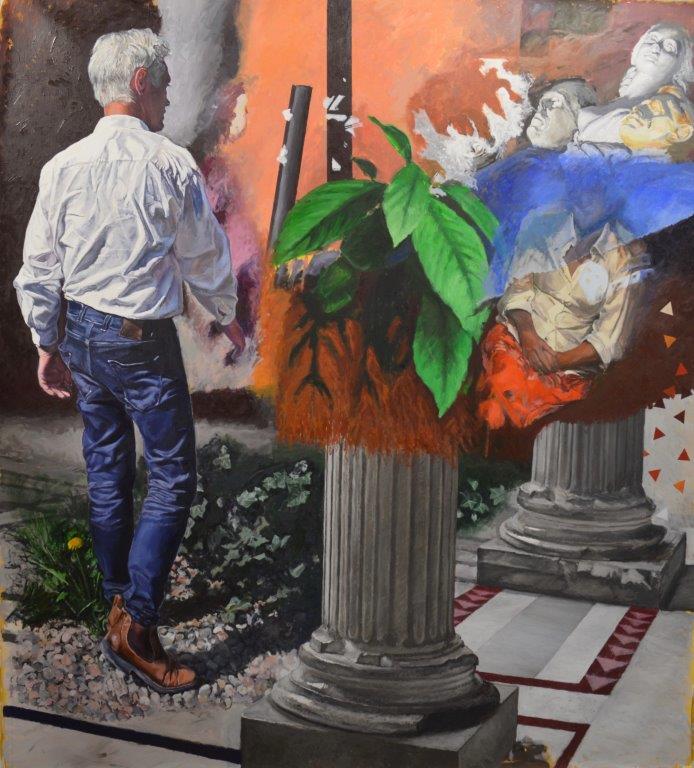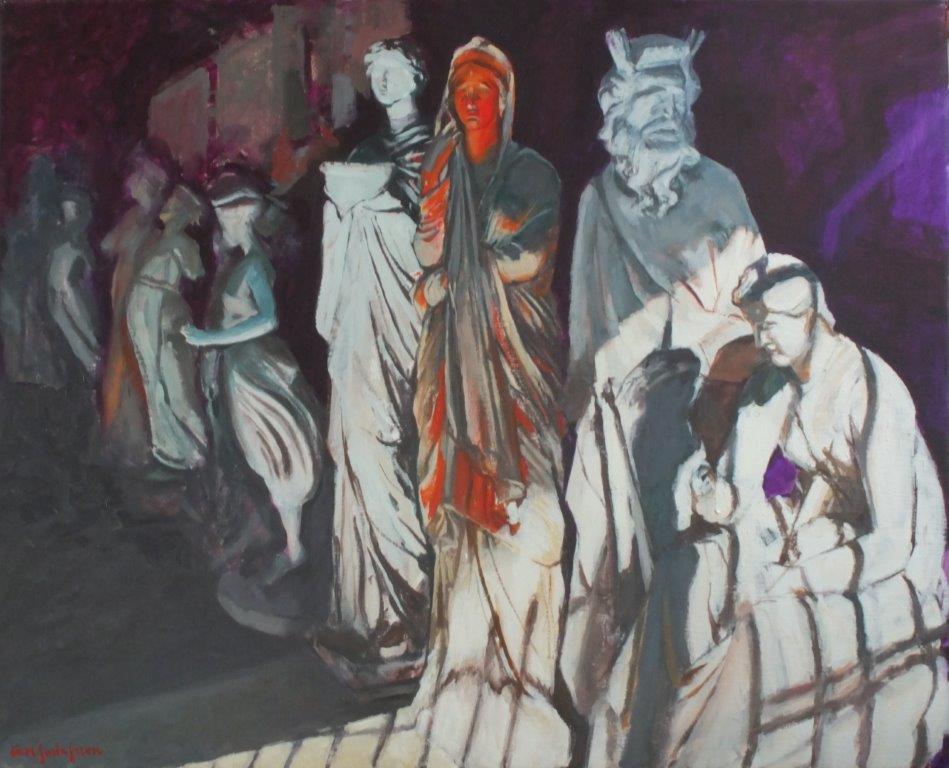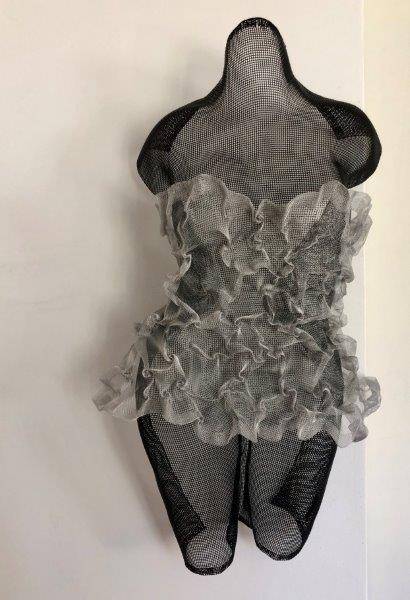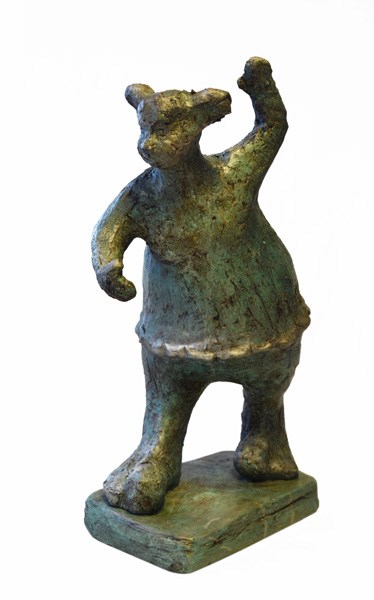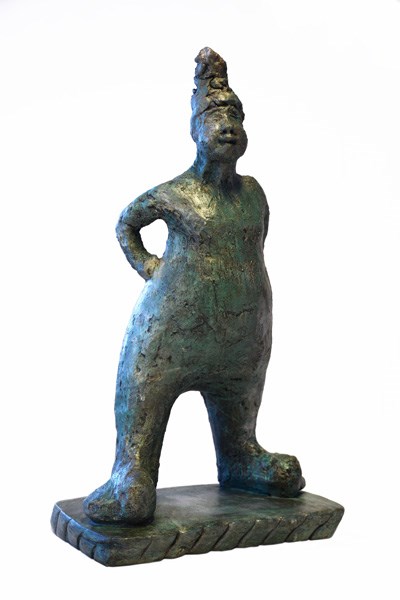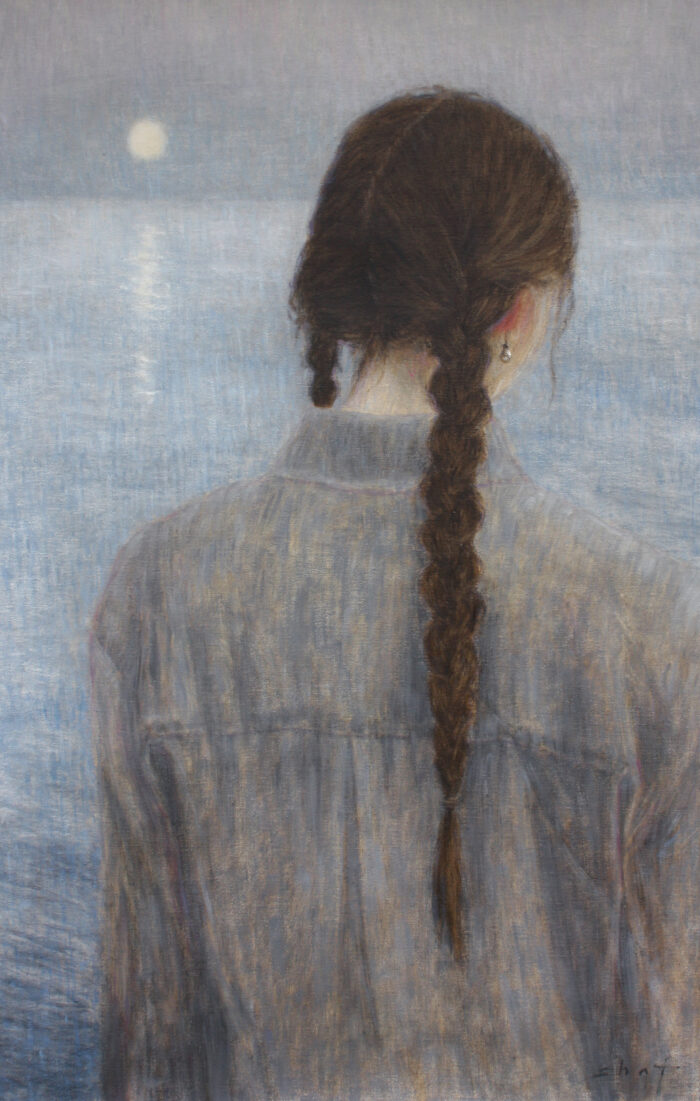

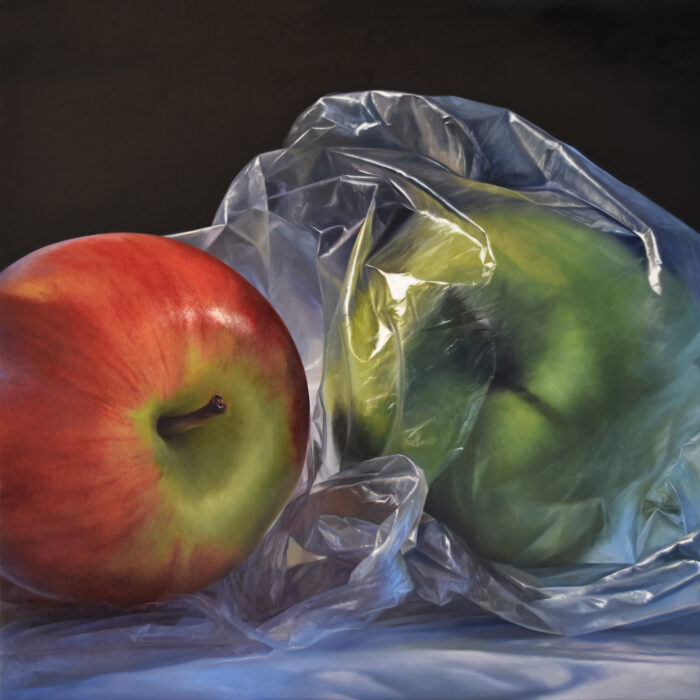
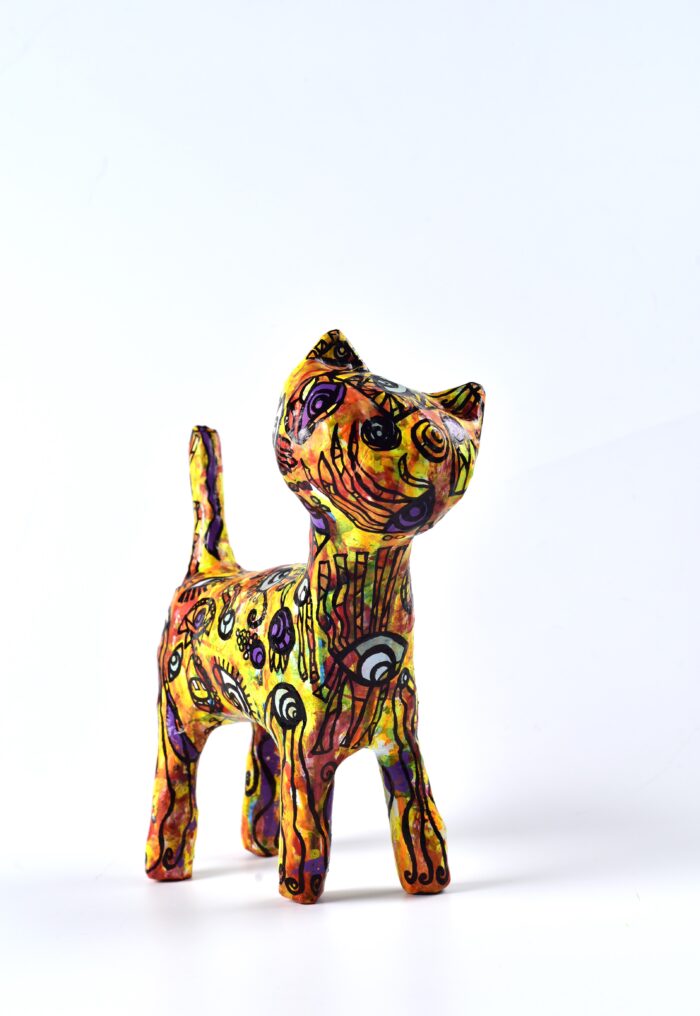
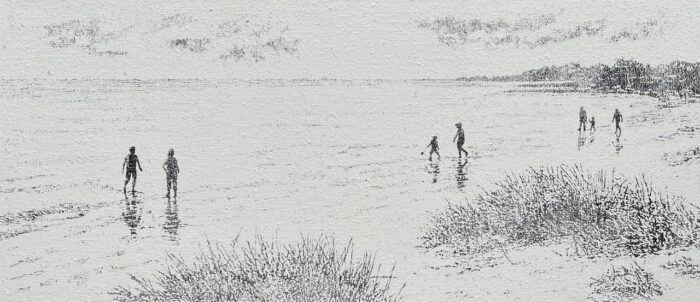

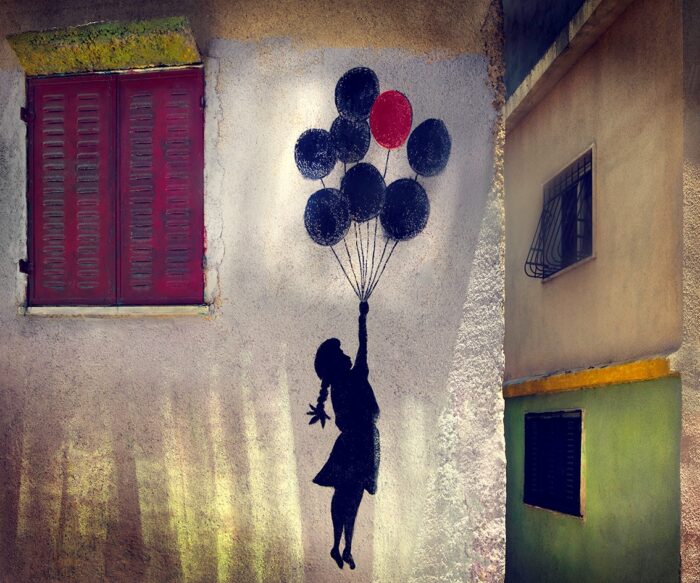
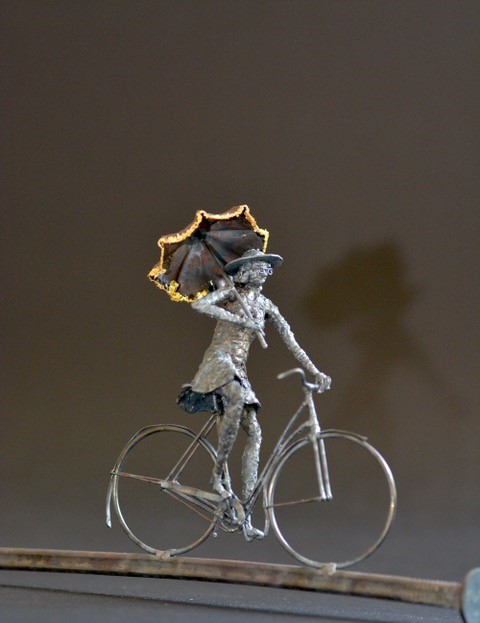
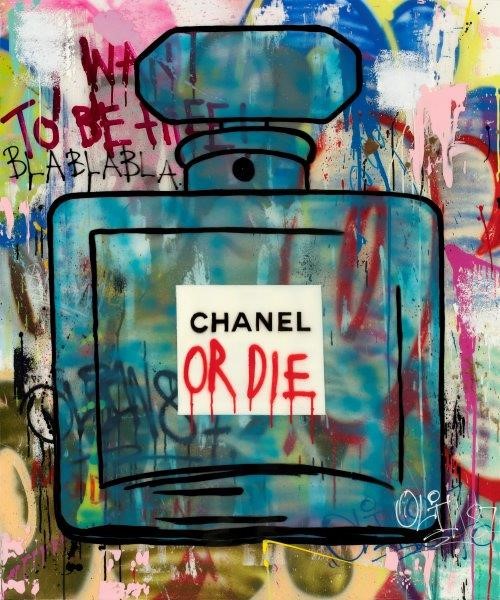
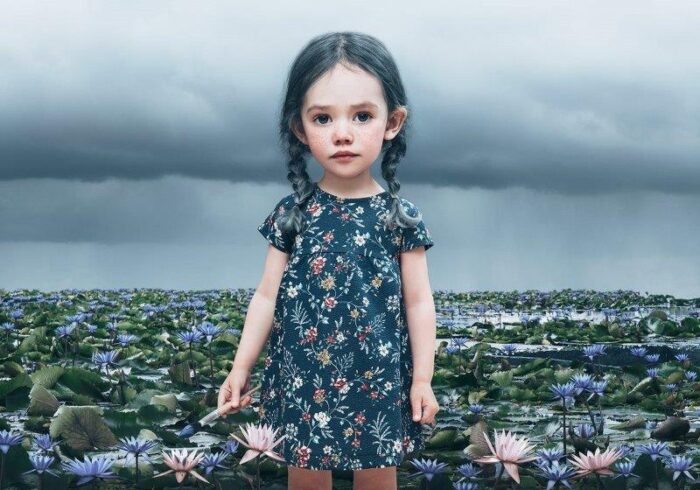
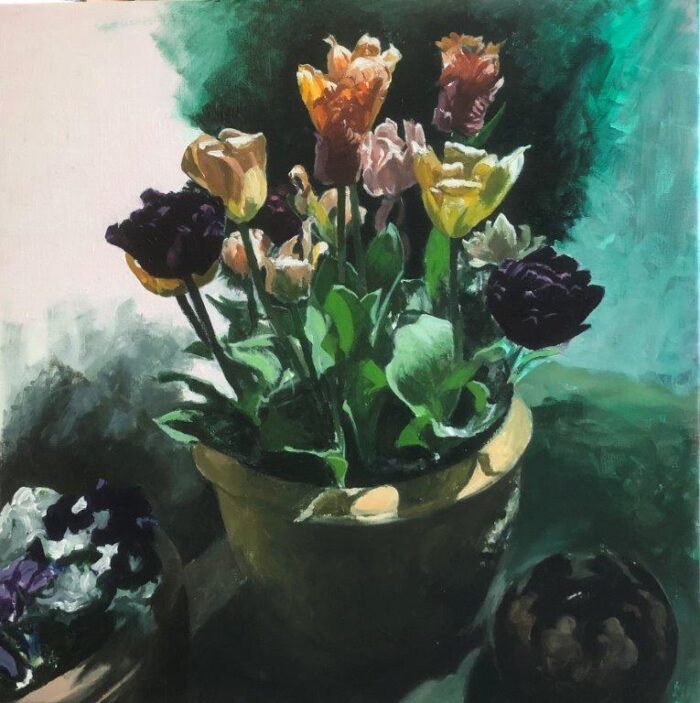
Carl Gustafsson
Carl Gustafsson
“Split visions”
23/3-9/5 2019
Split vision, sv. översättning : Delad syn
Associationer (mina): isär, skiktad, åtskilda el. överlappande fält, flytande fokus, lager, metafor, dubbelhet, paradox, undanglidande, signal, gåtfullhet, svårgripbar, diffus, oklar, löfte, hägring, fyrbåk.
Undertecknad hoppas att dessa associationer kan bidra till en delad syn mellan betraktare och konstnär.
Carl Gustafsson är född 1952 i Helsingborg och bor och arbetar på Österlen.
Studerade bl.a. på Grafikskolan Forum i Malmö och fortsatte med teckning på glyptoteket i Köpenhamn. Debuterade 1976 och därefter har det blivit drygt 60 soloutställningar.
Carl Gustafsson deltar under vernissagen.
Välkommen!
